Addis- Menagesha Suba Forest- Addis
After breakfast drive to the western outskirt of Addis Ababa to Menagesha forest. It is the mountainous area having the shape of an upside down pudding basin and is covered more or less entirely in thick heath and on the other side it is fully covered with indigenous trees which becomes a habitat for endemic species of birds and animals. Late after noon drive back to Addis.
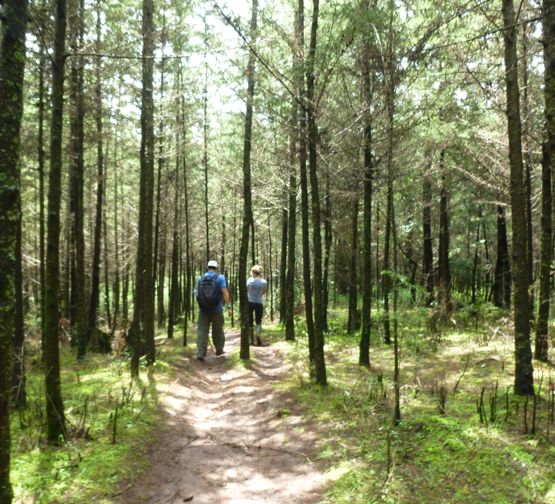
Adadi Mariam church – Tiya Stele
After breakfast drive to Melka Kunture archaeological site, then to Adadi Mariam rock-hewn church, proceed to Tiya to visit the 12th century unique steles. Drive back to Addis.
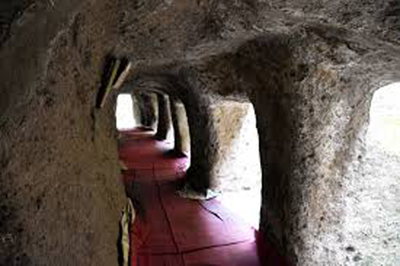
Addis- Awash National Park- Addis
After breakfast, drive to Awash National Park and enjoy a game drive in park and you will have a game drive to visit mammals and birds: -The park’s name comes from one of the longest river in Ethiopia: the Awash. This park is the oldest and most developed wildlife reserve in Ethiopia. It is even easy to access. Awash National Park occupies about 830 square kilometers (320 miles) of dry Savannah in the middle of the Rift Valley. This hot, arid terrain climbs up to 1000 meters (600 feet) above sea level, with the exception of the peak of Fentale volcano, which reaches 2007 meters (1200 feet). Temperatures in the park are hot and can reach as high as 42 0 C (107 0 F) Nights are cooler, with temperatures between 10 0 C & 22 0 C (50 0 C & 72 0 F). Rain mainly falls between February and April, and June to August, and averages 619 mm (24 inches).
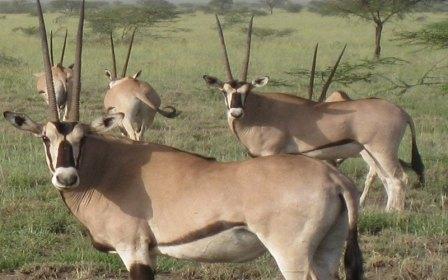
Awash national park has over 350 species of bird that have been recorded in this Savannah grassland. Here you will also visit the Awash River Falls. Drive back to Addis through Ethiopian Great Rift Valley Region and visit Beseka Crater Lake.
Addis-Debre-Zeit-Lake-Ziway
After breakfast drive to Debre Ziet to visit the Crater Lakes with their bird life. Proceed through the rift-valley region to artificial Lake of Koka to spot various species of birds. Continue driving to Lake Ziway- (the largest Northern Ethiopian rift-valley Lake, it is the home of 5 little volcanic Islands) here you will spot various species of water birds. Drive back to Addis.
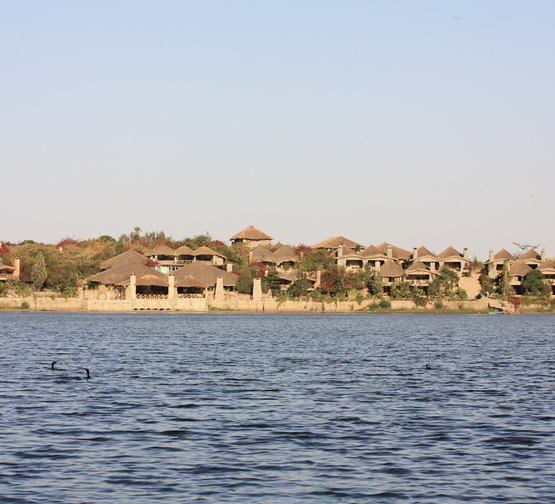
Full Day Sightseeing tour of Addis
National Museum:
– It comprises of many archaeological and historical findings including the famous complete hominid fossil remain of ‘Lucy’ locally known as ‘Dinknesh’ meaning wonderful. Visiting this museum is having a good summary for your visit to the historic Ethiopia.
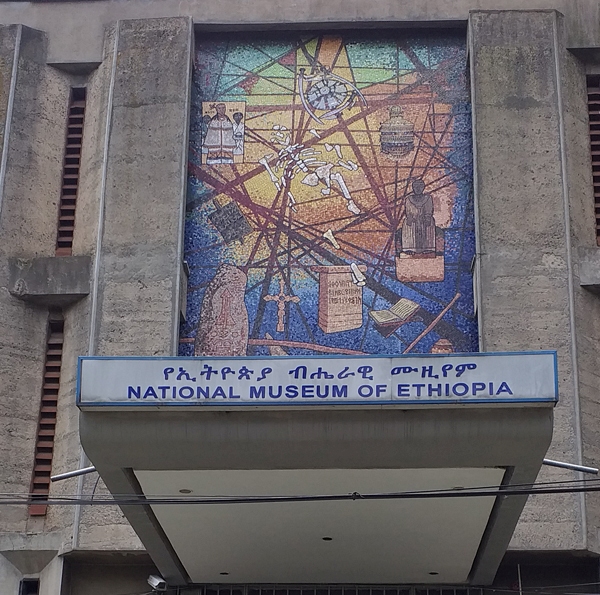
Ethnological Museum:- It is found in the main campus of the Addis Ababa University by the Institute of Ethiopian Studies with the aim to preserve the country’s historical and cultural heritages. It has complete collections that describe almost all the tribal groups in Ethiopia. Here you will have an overview about the history, culture and traditions of the people of Ethiopia. The collections include the nomadic tribal groups that are now living just as man’s forefather lived thousands of years back.
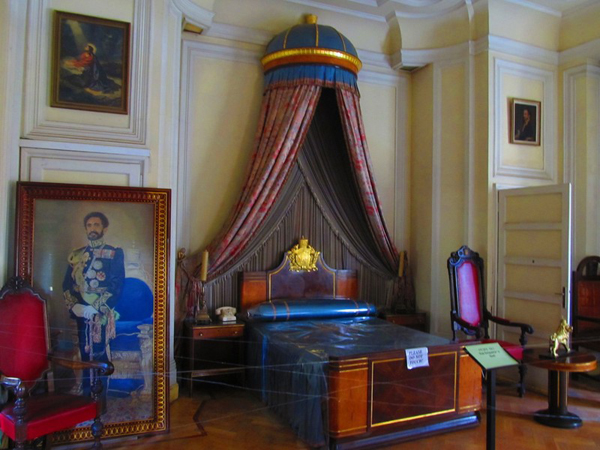
Trinity Cathedral:- a beautiful church with a baroque style of European architecture which is unique to both Ethiopia and Africa and is dedicated to the Holly Trinity. Here you will find scripts of the imperial families, statues done by a Greek sculpture, Stained glass window paintings from the Old and New Testament in the Bible and coffins of Emperor Haile Silassie-I; the founder of the church, and his wife.
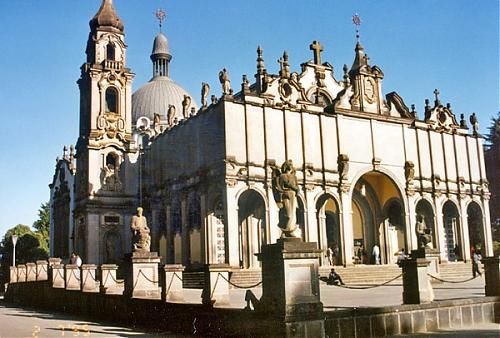
Mount Entoto:- It is the highest peak in Addis with an altitude of 3200 meters, which was the site for the first palace of Emperor Menelik-II, the founder of Addis Ababa. Here there is St. Mary church, where Emperor Menelik crowned Emperor in it and you will admire the stupendous views of the city with its surrounding plains and volcanic cones together with its breathtaking air.
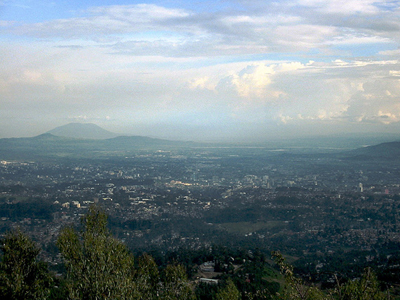
Menelik’s Mausoleum: The church of Baata was built in 1911and serves as tomb for emperors, prices and martyrs of freedom. Originally, it was built to house the tomb of Emperor Minilik II. Later, it included the graves of members of his family.
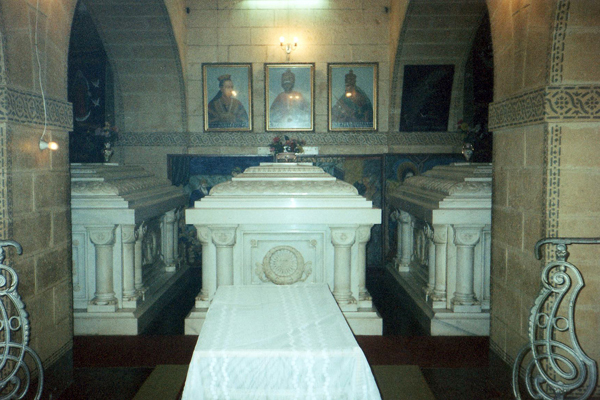
Pottery: Is one of the cottage industries and it is a means of producing house hold utensils from clay mud where it is available. Pottery is normally done by women like other African nations. Here, you can see the whole process of making a pottery, which means, making, drying, and firing to make it strong and durable.
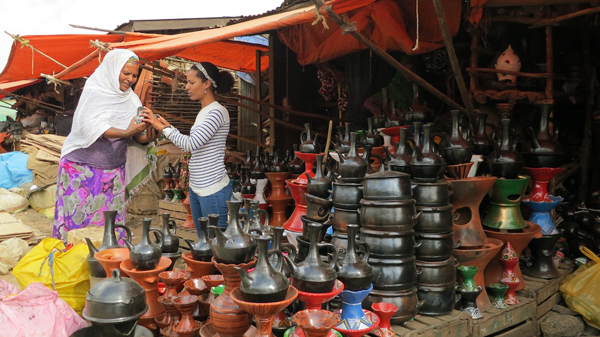
Weaving: This is the means of making cultural clothes with different designs by traditional way. Here, you can see while the weavers are weaving and selling the products in the nearby to their weaving place. The main products are the traditional shema clothes like Gabi, netela, and so on from cotton, which are completely in different style with other industrially made nylon clothes. The national cloth is also made in the same way. Overnight Hotel.

Half Day Sightseeing tour of Addis
After breakfast:
Drive to the New Yeka Michael church and start trekking up hill to visit rock-hewn church of Washa Michael, built by Kings Ezana & Siyzana in the 4th century A.D. From here, you can watch the panoramic view of the city.
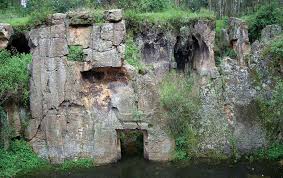
After noon: The National museum: which represents the national history of the country with its archaeological findings and collections of fossils, where the skeleton of “Lucy” dating back to 3.2 million years is found.
Debre Libanos Monastery-Addis
After an early breakfast: Start driving to the 13th century monastery of Debre Libanos built by the Ethiopian saint called Abune Tekle Haimanot. Further down, 100 km later enjoy the famous Blue Nile Gorge for which people suggest that it is even greater than the “Grand Cannon” of USA.
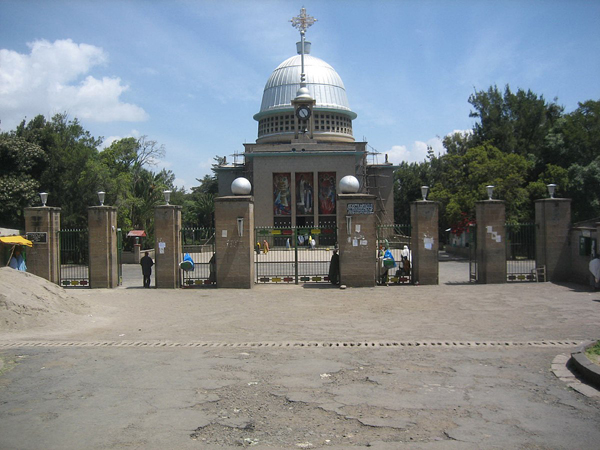
Picnic lunch in the gorge nearby the bridge where you listen to the songs of varies species of birds. Afternoon: Drive back to Addis through one of the famous Teff growing areas & beautiful sceneries.
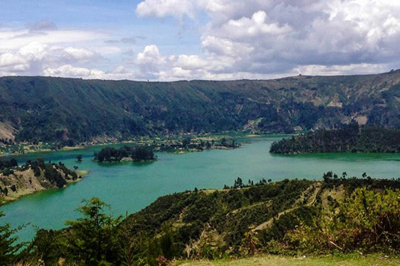
Addis– Wenchi Crater Lake- Addis Early morning drive to Ambo and proceed to Wenchi to observe the captivating Crater Lake and make a boat ride to visit the old monastery. Picnic lunch and proceed to Guder Falls and drive back to Addis.
